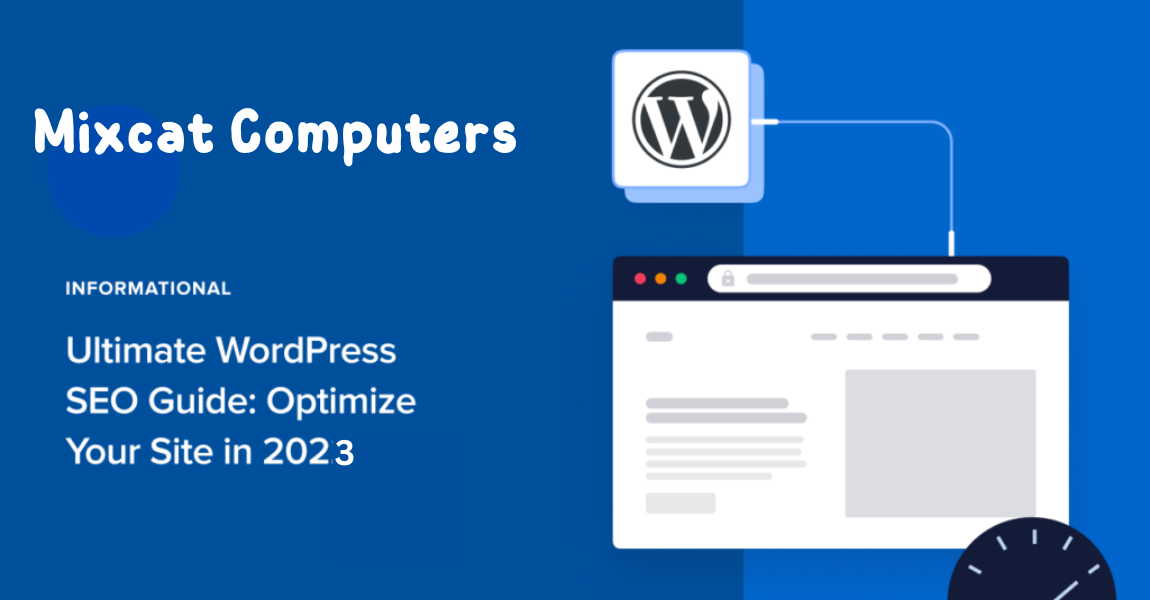If you run a WordPress blog, you know how important it is to rank well on search engines. The higher your ranking, the more traffic your blog will receive, and the more revenue you can generate. But, with so many blogs out there, it can be challenging to stand out. That's why optimizing your blog for SEO is crucial. In this guide, we will show you how to optimize your WordPress blog for SEO and improve your ranking.
Choose the Right Keywords
Keywords are the cornerstone of SEO. Before you start writing blog posts, you need to identify the keywords you want to target. These should be relevant to your blog's niche and have a reasonable search volume. Tools like Google AdWords Keyword Planner, SEMrush, and Ahrefs can help you identify high-volume keywords with low competition.
Optimize Your Content
Once you have identified your keywords, it's time to start optimizing your content. Make sure your primary keyword is in the title, meta description, and URL of your blog post. Also, use your keyword throughout the content in a natural way. However, don't stuff your content with keywords as this can lead to a penalty from search engines.
Optimize Your Images
Images can enhance your blog post, but they can also slow it down if they are not optimized. Make sure to compress your images before uploading them to your blog. Also, use descriptive filenames and alt tags that include your keyword.
Use Internal and External Links
Internal linking can help search engines understand the structure of your blog, and it can also help readers navigate your blog more easily. External linking can also help your blog's SEO by showing search engines that your content is relevant and informative. When linking to external sources, make sure they are reputable and add value to your blog post.
Make Sure Your Blog is Mobile-Friendly
More and more people are accessing the internet via mobile devices, so it's essential to have a mobile-friendly blog. A responsive design that adjusts to different screen sizes is the best way to ensure your blog is accessible on any device.
Improve Your Site Speed
Site speed is a crucial ranking factor, and it can also affect user experience. Use tools like Google PageSpeed Insights and GTmetrix to identify areas of your blog that are slowing it down. Some ways to improve site speed include optimizing images, using a content delivery network (CDN), and minimizing the use of plugins.
Use Social Media to Promote Your Blog
Social media can be a powerful tool to promote your blog and increase traffic. Share your blog posts on social media platforms like Twitter, Facebook, and LinkedIn. Also, encourage your readers to share your blog posts on their social media profiles.
Conclusion,
Optimizing your WordPress blog for SEO can be a time-consuming process, but it's worth it in the end. By following the tips in this guide, you can improve your blog's ranking on search engines and attract more traffic to your blog. Remember, SEO is an ongoing process, so make sure to monitor your blog's performance regularly and adjust your strategy accordingly.
Ultimate Guide to Optimizing Your WordPress Blog for SEO.....
The Top Security Measures from Ghosted to Protect Your Website and Customers.....
